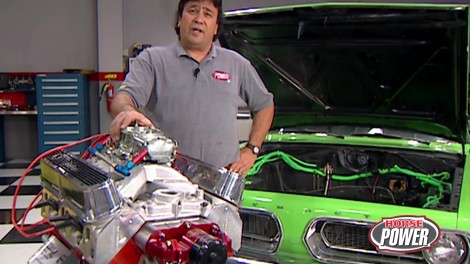
Mopar Mania Pt. 3
We breathe new life into a 1967 Barracuda by equipping it with a 360 Magnum engine, replacing the original 440 RB intended for drag racing.
Season 7
Episode 10
Hosts: Joe Elmore, Chuck Hanson
First Air Date: September 28, 2022
Duration: 20 minutes 37 seconds




























